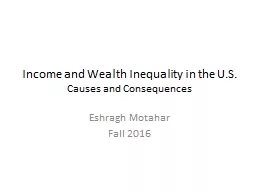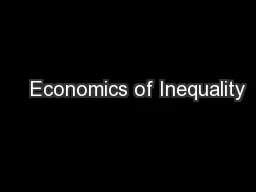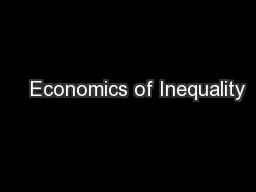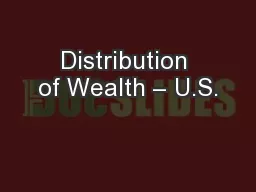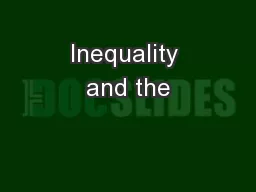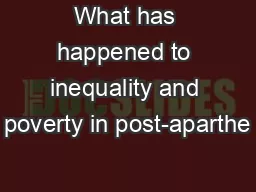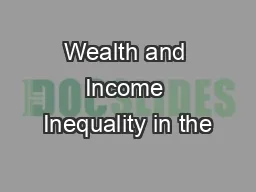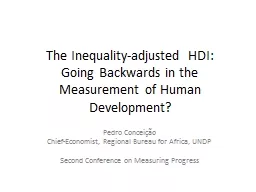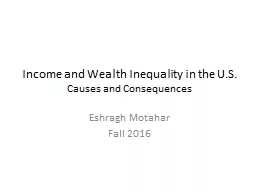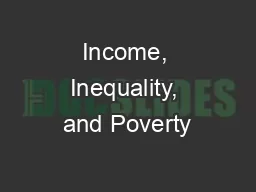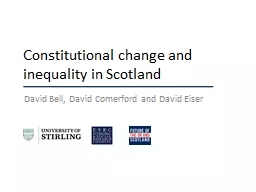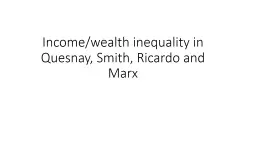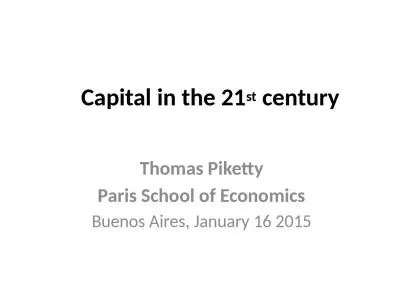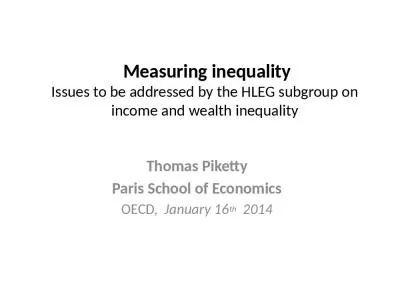PPT-Income and Wealth Inequality in the U.S.
Author : myesha-ticknor | Published Date : 2020-04-05
Causes and Consequences Eshragh Motahar Fall 2016 Introduction What do we mean by inequality Income pretax posttax Wealth Is it inevitable Historical context What
Presentation Embed Code
Download Presentation
Download Presentation The PPT/PDF document " Income and Wealth Inequality in the U.S..." is the property of its rightful owner. Permission is granted to download and print the materials on this website for personal, non-commercial use only, and to display it on your personal computer provided you do not modify the materials and that you retain all copyright notices contained in the materials. By downloading content from our website, you accept the terms of this agreement.
Income and Wealth Inequality in the U.S.: Transcript
Download Rules Of Document
" Income and Wealth Inequality in the U.S."The content belongs to its owner. You may download and print it for personal use, without modification, and keep all copyright notices. By downloading, you agree to these terms.
Related Documents

